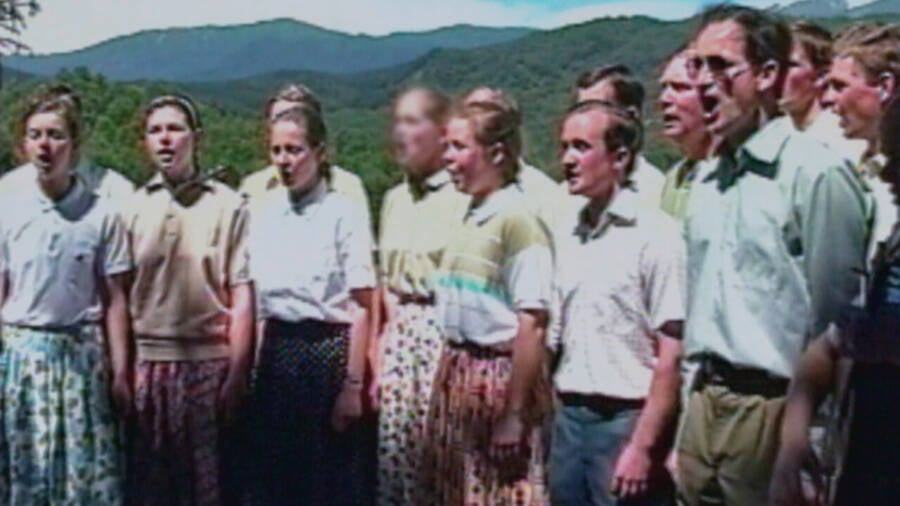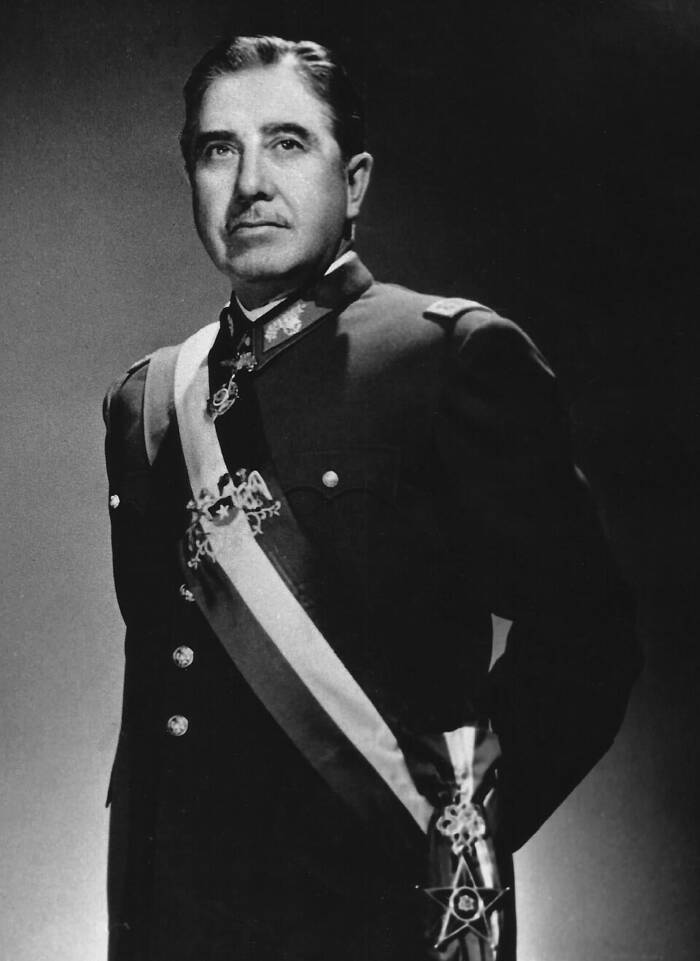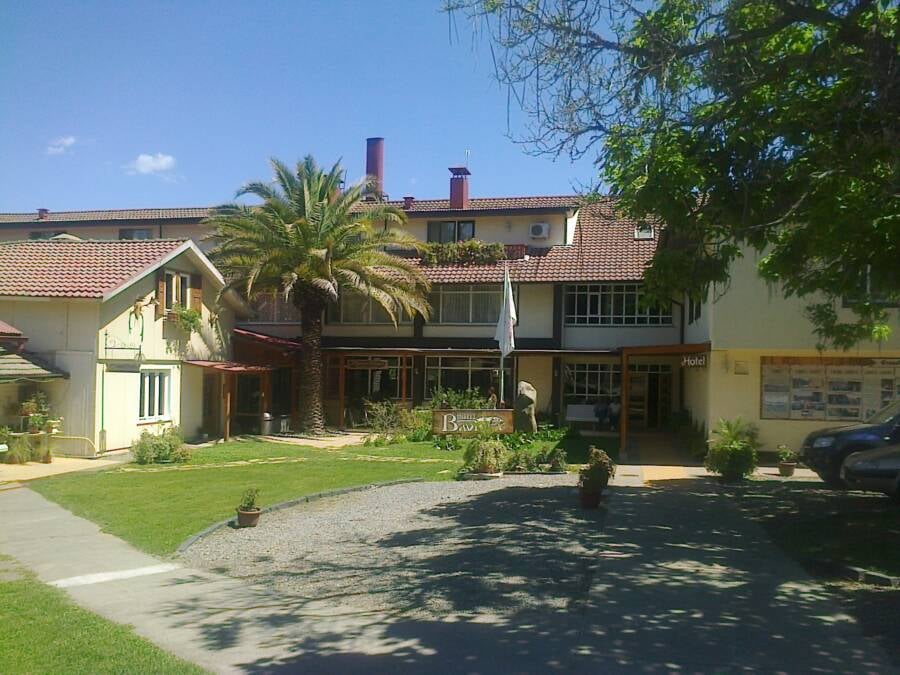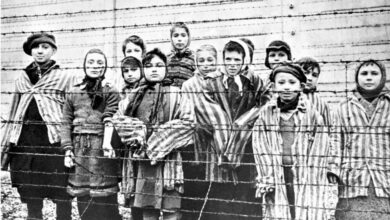Colonia Dignidad, The Disturbing German Cult In Chile That Was Founded By Nazis And Child Abusers

Beginning in 1961, Nazi fugitives and followers of minister Paul Schäfer flocked to Colonia Dignidad, a sprawling compound in Chile where cult members were separated from their families and forced to perform physical labor.
 A group of young boys at Colonia Dignidad, the chilling cult that later became a tourist attraction known as Villa Baviera.
A group of young boys at Colonia Dignidad, the chilling cult that later became a tourist attraction known as Villa Baviera.The colony was established in the 1960s by a former Nazi named Paul Schäfer. He ruled the cult with an iron fist, separating children from their parents and installing cameras and microphones across the 53-square-mile property so he could keep an eye on members. Schäfer also struck a bargain with Chilean dictator General Augusto Pinochet, transforming Colonia Dignidad into a torture chamber for Pinochet’s enemies.
This is the story of Colonia Dignidad, the notorious Nazi cult in Chile that became a beloved tourist attraction.
The Nazi Origins Of Colonia Dignidad
The story of Colonia Dignidad began with Paul Schäfer. Born in Germany in 1921, he was a member of the Hitler Youth and became a Nazi medic during World War II. When the conflict ended with an Allied victory in 1945, Schäfer was able to avoid punishment for his Nazi ties by transforming himself as a Lutheran minister.
Wandering the countryside and preaching about sexual abstinence, Schäfer soon gained a cult following and eventually established an orphanage in Siegburg. But in the late 1950s, the authorities realized a sinister truth about Schäfer. Despite his sermons about abstinence, he had been accused of molesting two boys.
 Nazi cult leader Paul Schäfer, the founder of Colonia Dignidad, with his two dogs at the Chilean colony.
Nazi cult leader Paul Schäfer, the founder of Colonia Dignidad, with his two dogs at the Chilean colony.Because of this accusation — and fearful that his Nazi past would come to light — Schäfer fled to Chile with dozens of his followers in 1961. According to the Independent, he was assisted by an underground Nazi network in South America as well as pro-Nazi factions in the Chilean military.
Schäfer bought a few thousand acres of land and established Colonia Dignidad (Colony of Dignity), an anti-Semitic, anti-communist cult some 200 miles south of Santiago. Over the next several decades, terrible things would happen behind its barbed wire fences.
‘Violence, Abuse, Exploitation, And Slave Labor’
In the 1960s and ’70s, Colonia Dignidad had around 300 members. Their lives were tightly controlled by Paul Schäfer, whom his followers called “Tío Permanente,” or “Our Eternal Uncle.”
Schäfer — who was always surrounded by a group of young boys — separated babies from their parents the moment they were born. The babies would be raised communally, meaning that their mothers and fathers would only catch glimpses of them in the colony’s dining hall. Schäfer sexually abused the children around him, and his followers were taught that it was an honor for a child to share his bed.
 Members of Colonia Dignidad, who lived their lives under Schäfer’s tight control.
Members of Colonia Dignidad, who lived their lives under Schäfer’s tight control.These followers, many of whom were orphans, worked day and night without pay. Meanwhile, children who misbehaved were given electric shocks or tranquilizers as punishment.
“The survivors still suffer massively from the severe psychological and physical consequences after years of harm caused by violence, abuse, exploitation, and slave labor,” a 2019 commission in Berlin found.
Though Schäfer had constructed a power plant, two airstrips, and a television station, only he and his closest associates were allowed to consume any media. Everyone else was blocked out from the world, and barbed wire, guard towers, and hidden cameras and microphones ensured that they wouldn’t be able to escape.
Then, in 1973, Paul Schäfer became even more powerful — and life in Colonia Dignidad more violent — when the cult leader struck a deal with Chilean dictator General Augusto Pinochet.
Colonia Dignidad Becomes A Torture Center
After Pinochet came to power following a military coup, he and Schäfer struck a bargain. Schäfer could export timber, wheat, corn, and German specialties like bratwurst, and import whatever he needed — without paying taxes. Plus, the government would do nothing about escapees who reported abuses. In exchange, Schäfer permitted Pinochet to use Colonia Dignidad’s underground tunnel system as a secret prison and torture chamber.
According to Chile’s truth commission, Pinochet’s secret intelligence agency (DINA) brought dissidents to Colonia Dignidad starting in the 1970s. Many disappeared, but those who survived described being tortured by electric shocks — and worse. Both survivors and DINA agents later testified that some were tortured to death, and others were shot by Schäfer. Their bodies were dumped in a nearby river.
 General Augusto Pinochet used Colonia Dignidad as his own personal torture center.
General Augusto Pinochet used Colonia Dignidad as his own personal torture center.Ultimately, at least 100 people were killed at Colonia Dignidad. And one of them may have been an American hiker named Boris Weisfeiler.
In 1984, Weisfeiler, a 43-year-old Jewish-American mathematics professor at Pennsylvania State University, flew to Chile for a vacation. While there, he vanished while hiking. His backpack was found by a river, which led investigators at the time to presume that he’d drowned.
But in 2000, declassified documents suggested that something much more terrible may have happened to him. A Chilean military officer had told a CIA agent that Weisfeiler was seized by an army patrol unit, which took him to Colonia Dignidad. Weisfeiler was tortured and, once his captors realized he was Jewish, he was “murdered with a shot in the nape of his neck.”
But Paul Schäfer’s domination of Colonia Dignidad would not last forever. Pinochet’s fall in the 1990s led to Schäfer’s downfall as well.
Paul Schäfer’s Downfall and Villa Baviera Today
 A hotel at Villa Baviera, which is a popular tourist attraction today.
A hotel at Villa Baviera, which is a popular tourist attraction today.Without Pinochet’s protection, long-held secrets about Colonia Dignidad came to light. Schäfer fled his colony in 1997, and a subsequent investigation of his property uncovered 100 assault rifles, 90 submachine guns, thousands of hand grenades, and surface-to-air missiles.
Schäfer was arrested in 2005 and sentenced to 20 years in prison for the sexual abuse of 25 German and Chilean children, torture, the illegal possession of weapons, and one count of murder. He died on April 24, 2010.
In the aftermath, Colonia Dignidad transformed into Villa Baviera, a tourist attraction where visitors can enjoy German architecture and food. People can celebrate Oktoberfest, dig into German sausages, and wander across the beautiful landscape. Faint remnants of Colonia Dignidad remain — many of the buildings are connected to the sect’s dark past — but the story of Paul Schäfer’s violent rule has been relegated to a whisper.
On their website, the section about Villa Baviera’s “History” is currently “under construction.”





